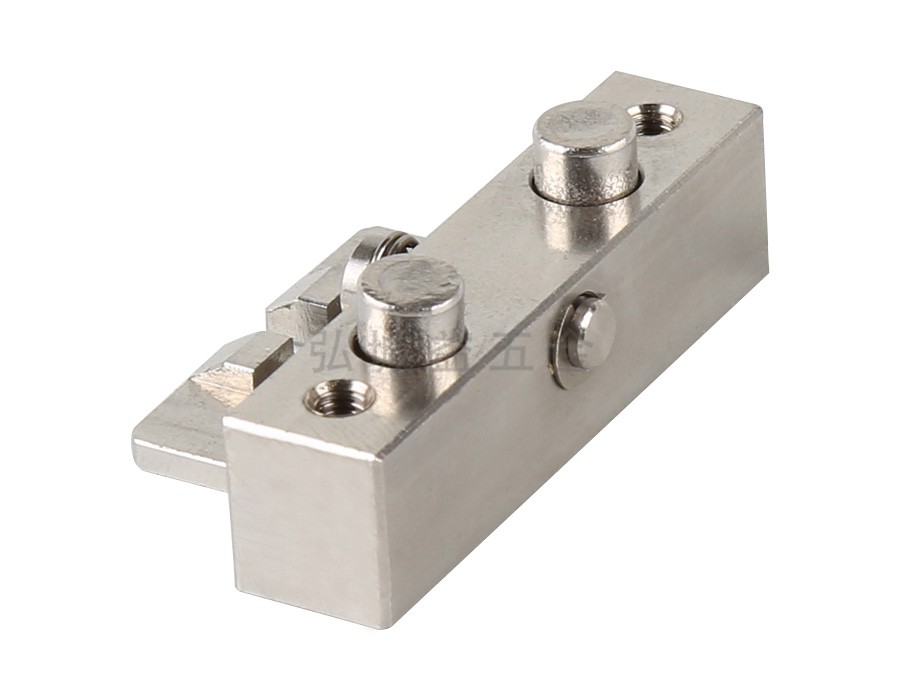
Stainless steel is a common material that is widely used in various manufacturing and processing industries. The following are some common steps for CNC machining of stainless steel parts:
Carefully analyze the drawings and clarify the processing requirements
The first step in CNC machining of stainless steel parts is to carefully analyze the drawings and clarify the processing requirements. This includes requirements for the shape, size, material, surface roughness, accuracy, etc. of the parts, as well as the required tools and cutting parameters.
Choose appropriate tools and cutting parameters
After clarifying the processing requirements, it is necessary to select appropriate tools and cutting parameters based on the actual situation. Due to the severe work-hardening phenomenon of stainless steel, it is necessary to choose tools with high hardness and strength, such as hard alloy tools or high-speed steel tools, when selecting tools. When selecting cutting parameters, it is necessary to comprehensively consider the characteristics and processing requirements of stainless steel, such as cutting speed, feed rate, cutting depth, etc.
Determine processing technology and procedures
After selecting appropriate tools and cutting parameters, it is necessary to determine the processing technology and process based on the actual situation. The CNC machining of stainless steel parts usually adopts a one-time clamping method to complete most or all of the processing steps. For some complex parts, a multi process processing method can also be used. When determining the processing technology and process, it is necessary to consider factors such as the accuracy requirements, surface quality requirements, and production efficiency of the parts.
Programming and CNC machining
After determining the processing technology and procedures, programming and CNC machining need to be carried out according to the actual situation. Due to the severe work-hardening phenomenon of stainless steel, it is necessary to pay attention to controlling the tool path during programming to avoid vertical cutting and reduce tool damage. During CNC machining, it is necessary to pay attention to controlling the operating standards of the machine tool to ensure its stability. At the same time, it is necessary to constantly observe the cutting situation and adjust the cutting parameters in a timely manner to ensure the accuracy and surface quality of the parts.
In short, the CNC machining of stainless steel parts requires the selection of appropriate cutting tools and parameters, the determination of reasonable machining processes and procedures, and the correct programming and CNC machining. It should be noted that due to the severe work hardening phenomenon of stainless steel, it is necessary to control the tool path and cutting parameters during the machining process to reduce tool damage and improve the accuracy and surface quality of the parts.